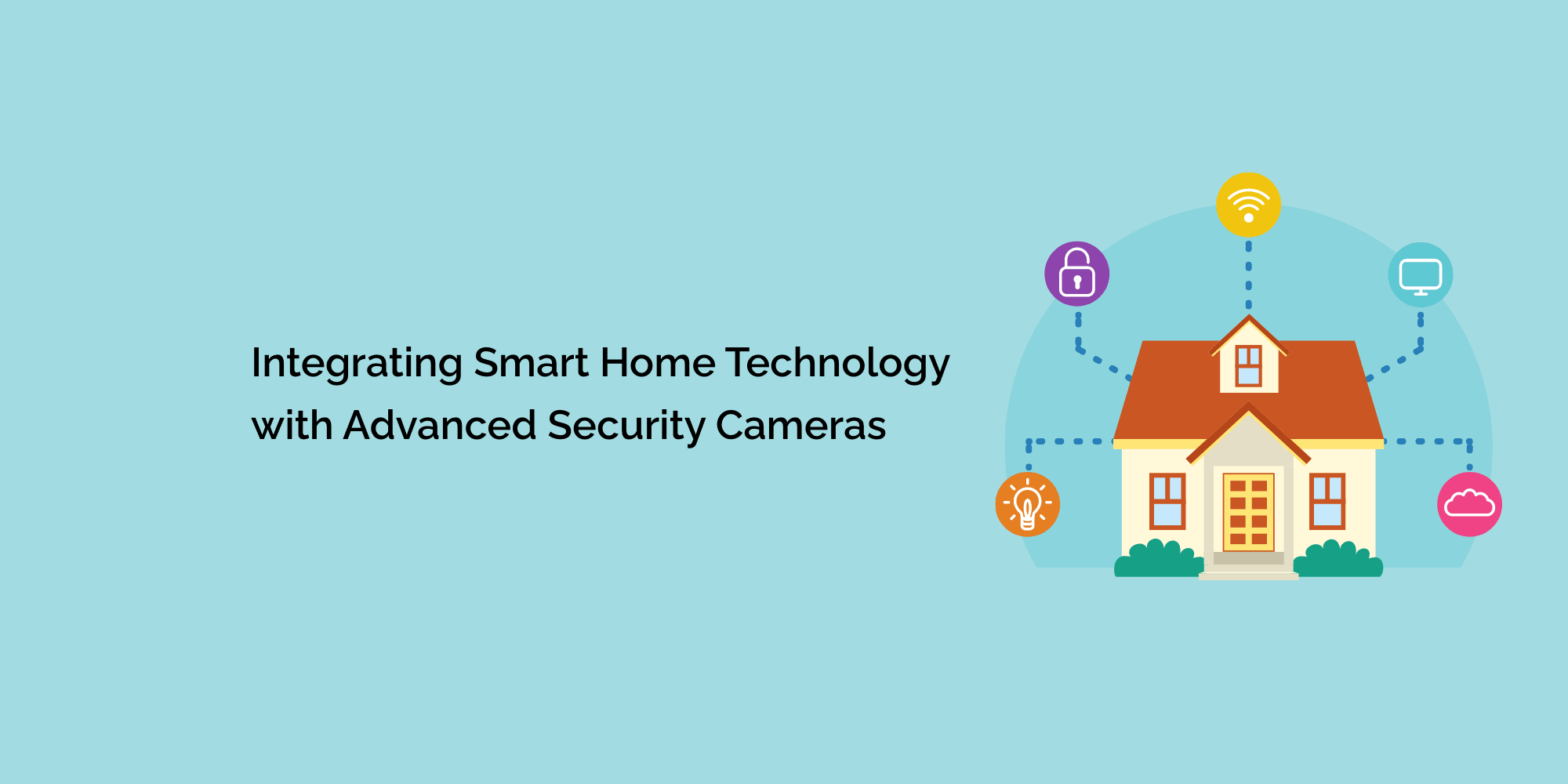The fusion of smart home technology and advanced security cameras has given rise to a new era of home security that is both sophisticated and user-friendly. As we strive to protect our homes and loved ones, the integration of smart devices with security cameras has become a powerful tool for achieving a comprehensive and efficient security system. This blog explores how the integration of smart home technology with advanced security cameras is reshaping the way we safeguard our spaces, providing us with greater control, convenience, and peace of mind.
The Evolution of Home Security: Beyond Traditional Cameras
Traditional security cameras were once characterized by grainy images and limited functionality. However, the integration of smart home technology has transformed these devices into powerful tools that go beyond mere surveillance. The synergy between smart devices and advanced security cameras brings numerous benefits, such as real-time monitoring, intelligent alerts, remote access, and seamless automation.
Smart Home Ecosystems and Security Cameras
Smart home ecosystems have paved the way for seamless integration between various devices. Advanced security cameras are now an integral part of these ecosystems, communicating and collaborating with other smart devices such as smart locks, lights, and sensors. This integration allows for a unified approach to home security.
Real-Time Monitoring and Alerts
One of the key advantages of integrating smart home technology with security cameras is real-time monitoring. With the ability to view live footage through mobile apps or smart displays, homeowners can keep a watchful eye on their property regardless of their location. Additionally, intelligent motion detection and facial recognition capabilities enable the system to send instant alerts when unusual activity is detected.
Remote Access and Control
Smart technology empowers homeowners with remote access and control over their security cameras. Whether at work, on vacation, or simply away from home, individuals can access their cameras' feeds in real-time. This capability offers peace of mind and the ability to respond to potential security concerns promptly.
Two-Way Communication
Many advanced security cameras are equipped with two-way communication features, allowing homeowners to interact with visitors, delivery personnel, or even potential intruders. This capability enhances security by deterring unwanted activity and providing a means of communication without being physically present.
Automation for Enhanced Security
The integration of smart devices with security cameras enables automation that enhances security. For example, when a security camera detects motion at the front door, the system can trigger smart lights to turn on, simulating the presence of occupants. This automation adds an additional layer of security by making the home appear occupied, even when it's not.
Geofencing and Customized Settings
Geofencing technology allows security cameras to recognize when homeowners are approaching or leaving their property based on their smartphone's location. This feature can trigger specific actions, such as arming or disarming the cameras, adjusting lighting, and even modifying temperature settings.
Integration with Smart Locks and Access Control
Security cameras can collaborate with smart locks to provide seamless access control. Homeowners can visually verify visitors before remotely granting access, enhancing security by preventing unauthorized entry.
Cloud Storage and Data Security
Many advanced security cameras offer cloud storage options, ensuring that recorded footage is securely stored even if the camera itself is tampered with or stolen. This adds an additional layer of data security, preventing the loss of crucial evidence in case of an incident.
Privacy Considerations
As with any technology, privacy considerations are paramount. Advanced security cameras often come with privacy features such as the ability to schedule when cameras are active or to blur certain zones in the camera's field of view to respect privacy boundaries.
Future Possibilities: AI and Predictive Analytics
The integration of artificial intelligence (AI) and predictive analytics holds immense potential for the future of smart home security. AI algorithms can learn from patterns and behaviors to anticipate potential threats and suggest security enhancements.
Conclusion
The integration of smart home technology with advanced security cameras signifies a significant advancement in home security. Beyond capturing images, these cameras are now an integral part of comprehensive smart home ecosystems that enhance our ability to protect our spaces and loved ones. With real-time monitoring, remote access, automation, and seamless integration, homeowners are empowered to take control of their security with convenience and confidence. As we continue to explore the possibilities of this integration, we move closer to creating homes that are not only intelligent but also safer and more secure than ever before.








